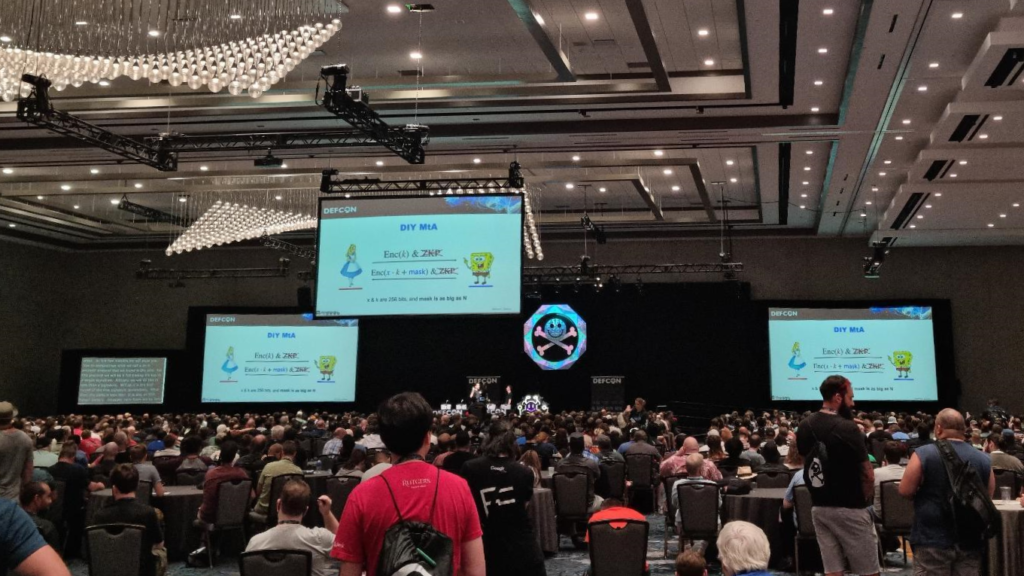Las Vegas – a city known for its dazzling lights, vibrant entertainment, and now, an annual pilgrimage for cybersecurity enthusiasts from around the world. DEFCON, the world’s largest and one of the most renowned hacker conferences, recently unfolded and Hacknowledge had the opportunity to send two engineers to the event, giving them the chance to delve into the latest trends, innovations, and challenges of the cybersecurity landscape. Our engineers were then obviously thrilled to be a part of this gathering, where knowledge sharing, and hands-on experience take center stage.
Navigating Talks, and Fostering Curiosity
As a large part of Hacknowledge’s engineering work involves the development and improvement of detection rules, or use-cases, it was important for us to draw inspiration from the talks that were presented. Given the sheer number of talks and the variety of topics covered, we needed to have a clear plan in mind of which ones to attend. Along these lines, our engineers chose several talks dealing with new attacks on Windows, “Defender – Pretender”[1] and “Contain Yourself: Staying Undetected Using the Windows Container Isolation Framework”[2] to name but a few, as well as exploits on Linux systems, and even lower-level attacks on cryptographic systems.
But DEFCON is also about being curious, learning and discovering new subjects that we may not be familiar with. In this sense, and Hacknowledge promoting curiosity, it was natural for our engineers to attend some unusual but highly interesting talks, such as STÖK’s presentation “Weaponizing Plain Text ANSI Escape Sequences as a Forensic Nightmare”[3], as well as some more cryptic ones.
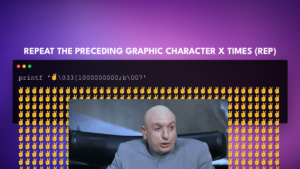
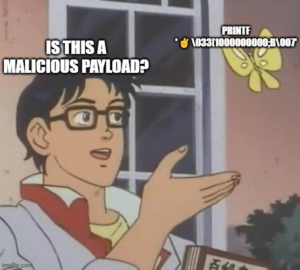
Beyond the keynotes
DEFCON is not only about the talks, and one of the unquestionable highlights was a new “Capture The Flag” (CTF) competition that took cybersecurity to new heights – quite literally. DEFCON, in collaboration with the US Space Force and Air Force, hosted “Hack-A-Sat”, the first-ever CTF in space, where participants were granted the opportunity to hack into an actual satellite in orbit. This thrilling challenge not only combined the realms of cybersecurity and space exploration in unprecedented ways but also demonstrated the growing importance of cybersecurity in safeguarding critical space infrastructure as well as highlighting the collaborative efforts between the cybersecurity community and space agencies. By identifying vulnerabilities and potential exploits in a controlled environment, the competition will contribute to the improvement of satellite security measures and reinforce the need for constant vigilance in the face of evolving threats.
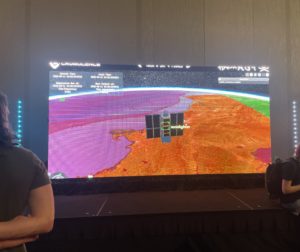

Passing by the Social Engineering Community village, we also attended the DEFCON Vishing (or voice phishing) competition, where contestants are placed in a soundproof booth and perform live phone calls in front of the audience to chosen companies with the goal to collect as many sensible information as they can in a few minutes time-span, putting both their skills and the employees awareness to the test. This event underscores the importance of recognizing the vulnerabilities in human communication and to which extent personal information can be extracted through seemingly innocent conversations. While many companies currently train their staff on recognizing phishing emails, how many of them are also made aware of the risks that a phone call could represent?
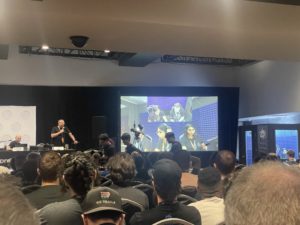
Ethics and Innovation
Beyond the technicalities, DEFCON also addressed the ethical and legal dimensions of cybersecurity. Speakers delved into the nuances of responsible disclosure, the ethics of hacking, and the importance of maintaining a balance between security research and potential implications. For Hacknowledge, the insights gained at DEFCON 31 will undoubtedly enrich our approach to safeguarding our customer’s digital assets.
Closing words
With the Vegas lights still blazing, they are now shining a spotlight on all of us in the cybersecurity realm. DEFCON 31 proved that no matter where we are from, we are all in on keeping things secure. This commitment will keep driving digital security forward, one cool idea and one teamwork moment at a time.
And don’t forget:
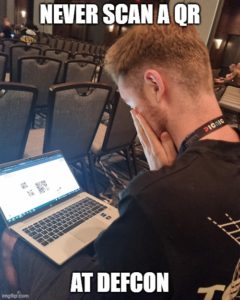
[1] Omer Attias & Tomer Bar, Defender – Pretender: Github repository

